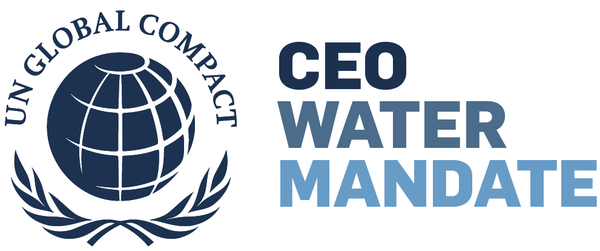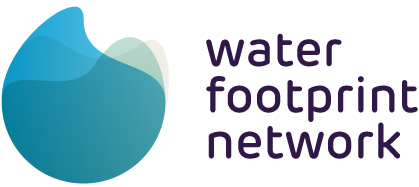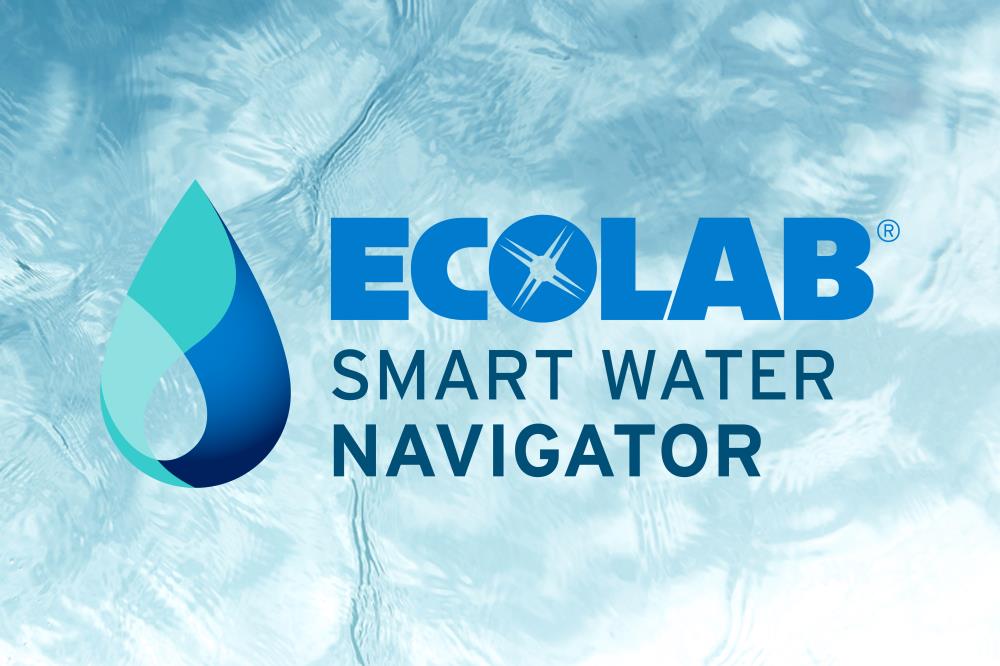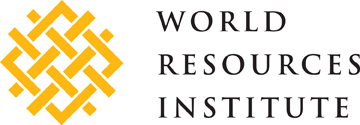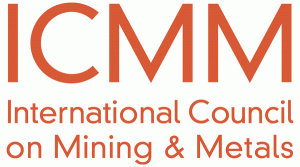Water Quantity
Description
Including water balance; water consumption; water efficiency; water replenishment; maintaining environmental flows; discharging during peak flows; demand during drought; surface water levels; aquifer draw-down; and flooding.
Share this Subissue on:LinkedIn
Resources
Getting Started Guide
Water Quantity: A Getting Started Guide
Water resources, while renewable, are finite and increasingly under stress. We are reaching a point where water insecurity is becoming unavoidable in many regions, with significant implications for food security, health, and wellbeing. Anchored in research, our Water Quantity: A Getting Started Guide aims to support your company as it begins or revisits a strategy to address its own water use and helps to restore sustainable water balance in the catchments where it operates. This guide helps build a foundational understanding of the issue of water quantity and provides clarity on the work ahead.
Other Resources
Science Based Targets
Building on the momentum of the Science Based Targets initiative (SBTi), the Science Based Targets Network (SBTN) is a collaboration of 45+ global non-profits and mission-driven organizations working together to develop guidance to set science-based targets for all of Earth’s systems. Science Based Targets has created a five-step target-setting framework that helps you to assess; interpret and prioritise; measure, set, and disclose; act upon; and track your science-based goals. They have also created sector-specific guidance and target monitoring for companies and financial institutions.
At present, Science Based Targets helps companies to develop their goals based on the latest science: SBTi specifically focuses on GHG emission reduction goals, and SBTN specifically focuses on nature positive goals, with target-setting guidance for land, biodiversity, and freshwater. Their respective websites provide comprehensive resources, cases, and support for taking credible action.
Setting Site Water Targets Informed By Catchment Context: A Guide For Companies
The world’s water resources are under growing pressure, and a growing number of companies are setting catchment-based water targets to help secure water for the growing needs of all users. If your company is looking to address its water impact from a contextual perspetive, this guide is an excellent starting point. The guide explains fundamental definitions; explains the elements most crucial for setting site water targets that reflect the catchment context; and includes a "stoplight" system for early, high-level assessment of water challenges. A separate set of case studies are also available.
Water Footprint Network
Access tools and resources to help you calculate your organisation's water footprint from the Water Footprint Network. This may help you to identify potential sources of risk and discover where to prioritise your efforts.
Investor's Water Toolkit
Ceres’ Investor Water Toolkit is a comprehensive resource for evaluating and acting upon water risks in investment portfolios. Written for investors by investors, this guide includes links to knowledge resources, databases, analyses, case studies, and other tools that help quantify and mitigate water risks.
Smart Water Navigator
ECOLAB's Smart Water Navigator provides a holistic roadmap to corporate water management that can help you to minimise risk and optimise costs. The Navigator features two tools: the Water Risk Monetizer, and the Water Action Assessment. You can use the Water Risk Monetizer tool to estimate the amount of revenue that could potentially be lost due to the impact of water scarcity on your organisation's operations. It draws on global basin-level water data, and will help you determine water risk at a facility level. The Water Action Assessment employs a straightforward questionnaire to help you understand how your facilities are performing compared to industry-leading water management practices, and allows you to gauge the maturity of your water stewardship strategy.
Volumetric Water Benefit Accounting (VWBA): A Method For Implementing and Valuing Water Stewardship Activities
This working paper from WRI and partners introduces a new science-based approach for measuring the benefit of all types of water stewardship activities in a comparable way. Volumetric Benefit Accounting (VBA) aims to standardize an approach and a set of indicators that will help corporate water stewardship practitioners who face the challenge of finding robust, comparable, and practical ways to estimate the benefits of water stewardship activities. This guide provides a thorough explanation of the guiding criteria and methodology, as well as illustrative case studies that apply the accounting framework.
A Practical Guide to Catchment-Based Water Management
The International Council of Mining & Metals (ICMM) has created a comprehensive guide to help leaders and change agents within the extractives industry (from the strategic level down to the site level) to identify, evaluate, and respond to catchment-based water-related risks. A collection of tools is also available to help you review and build your awareness of catchment-related strategy; to understand your boundaries and the concept of water issues in the catchment so that you can better perform assessments; and to understand and develop response plans and strategy. These tools have also been divided into three corresponding sections.
Context-Based Decision Guide for Water Reuse and Recycling
Developed by the Beverage Industry Environmental Roundtable (BIER), this guide will help you to hasten internal conversations with regards to investments in advancing context-based water stewardship. The guide will also help you to understand when (and why) an organization should consider moving beyond water reduction and towards water reuse and recycling.
High and Dry: How Water Issues are Stranding Assets
Water risk factors are already stranding assets throughout the coal, electric utilities, metals & mining, and oil & gas sectors, and are growing as a strategic concern in other industries. Consequently, the financial sector is facing growing exposure to such water-related risks and their potential knock-on events. The Swiss Federal Office for the Environment created this guide to help you better understand the issue and impacts of water scarcity on business activities and investments. It explain the drivers of water scarcity; highlights case studies across resource majors and examines their preparedness for water-stranding event; and makes recommendations for action for financiers who may be affected.
Freshwater Ecosystems Explorer
This free data platform from UNEP provides accurate, up-to-date, high-resolution geospatial data that can help you to better understand and quantify the state of freshwater ecosystems. Data related to permanent and seasonal surface waters, reservoirs, wetlands, water quality, and more can be visualised and downloaded at national, sub-national, and basin levels.


